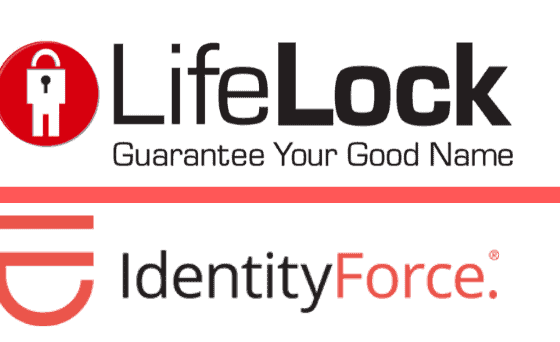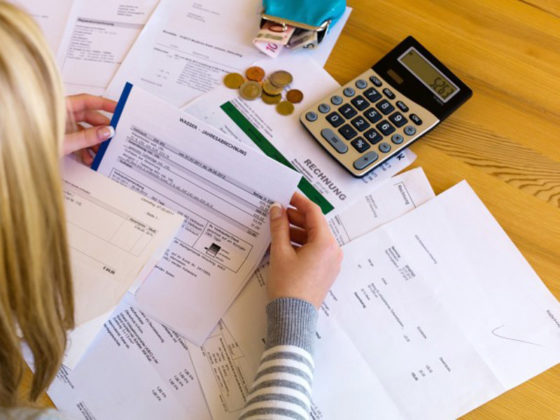The feed-in tariff, or the FiT scheme as it is commonly known as, is a special government grant available for those who install solar panels to provide energy for their homes. The scheme was first introduced in April of 2010 as an incentive to raise awareness of clean and renewable energy and encourage more people to invest in solar panels for their homes. The feed-in tariff ultimately allows you to earn money by generating renewable energy after you buy solar panels. This money provides an addition incentive to the amount of energy costs saved through the use of solar power. Because you won’t be as reliant on the National Grid, the feed-in tariff is effectively a clean energy cashback program.
Who Is Eligible for the Feed-In Tariff?
To be eligible to apply for the scheme, you will need to be using some form of renewable power source in your home. By far the most popular method of generating renewable energy at home is the use of solar panels. However, wind energy and hydroelectric systems, as well as various other rarer zero- to low-carbon technologies, are also covered by the scheme.
To apply, the installation must be located in the United Kingdom and it must be accompanied by a government-approved meter. Almost every type of commercial or residential property is eligible provided that the power system produces under five megawatts of power.
Although the scheme was only introduced in April, 2010, anyone who installed a solar panel system after July, 2009 is also eligible to receive the full rate from the feed-in tariff. For older systems which were constructed before this time, a reduced rate feed-in tariff may still be available under certain circumstances. If you have already had solar panels installed for quite some time, you still shouldn’t end up missing out.
How Much Can I Earn from My Solar Panels?
How much you can earn depends on the type of technology you are using, the date when it was installed and the amount of power that it produces. The average home solar power installation generates anything between two and four kilowatts of electricity and for those falling into this bracket, the rate, as of May, 2013, was 15.44 pence per kilowatt hour. This is some 63% lower than the rate paid out in 2011. Although the rates can fluctuate enormously, those who join the scheme will be able to receive payments from it for a total of twenty years.
Currently, a typical three-bedroom home with a three kilowatt solar panel system can expect to generate enough electricity to cut their electricity bills by up to fifty percent and receive almost £400 per year from the feed-in tariff. At this rate, you can normally expect to pay off the initial investment in about eight or nine years. After this point, you will likely be profiting unless your household consumes a particularly great amount of electricity. It is also worthwhile mentioning that installing solar panels will also add value to your home by making it more energy-efficient.
To get a better idea of how much you can save on your electricity and how much you will receive from the FiT scheme, take a look at one of the many online feed-in tariff calculators.
How to Apply for the Feed-In Tariff
Before you can apply for the feed-in tariff, you will need to ensure that you are eligible by installing your solar panels. You will need to have the system professionally installed by an approved company which can also provide you with a certification proving that the installation meets all of the standards laid out by the Microgeneration Certification Scheme (MCS).
When you have the necessary documentation and your solar panel installation is up and running, you will need to approach your electricity provider to take the next step. Alternatively, you can switch to a new provider. As you will still be using some power from the National Grid in most cases, switching to a new provider might save you even more money. Regardless of which energy provider you use, they will be able to organize the payment of the feed-in tariff.





